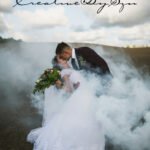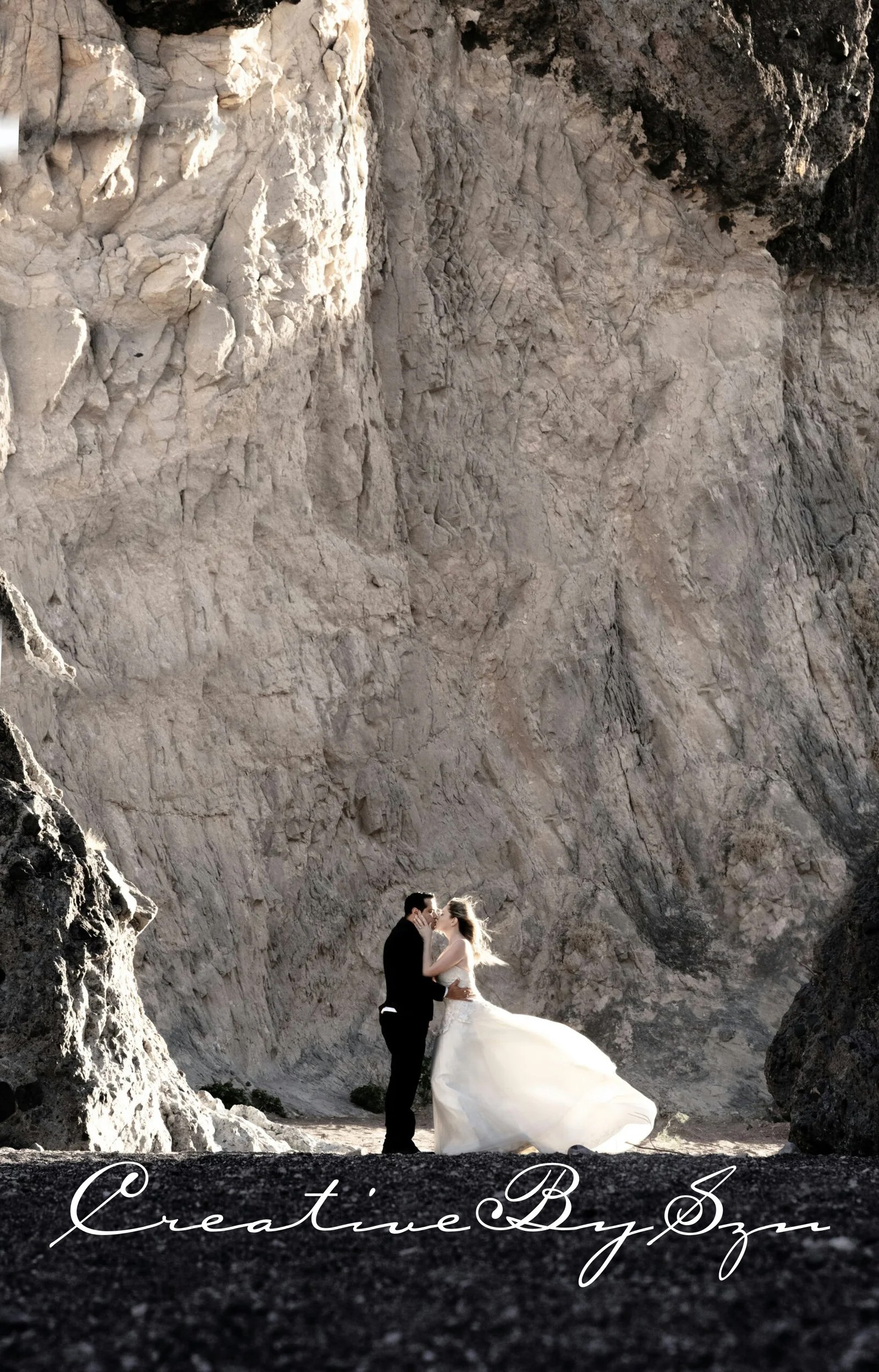Understanding the Importance of Lens Selection in Wedding Photography
The selection of the appropriate lens is fundamental in achieving spectacular wedding photography. As a wedding photographer, the goal is to capture a multitude of moments, from grand gestures to intimate details. Each wedding is unique, and varying scenarios demand versatile lens types to ensure that the beauty of the day is immortalized accurately and artistically. Wide-angle lenses are invaluable for capturing the entirety of the venue and large groups, providing a sense of scale and context. Conversely, prime lenses are ideal for isolating subjects against beautiful backgrounds, resulting in stunning portraits and detail shots.
In addition to varying subject matter, wedding photographers must contend with a multitude of lighting conditions throughout the day. From dimly lit ceremony spaces to bright, sunny outdoor receptions, a photographer’s choice of lens can significantly influence image quality. Lenses with larger apertures, such as f/1.8 or f/2.8, allow for better performance in low-light situations, enhancing the ability to capture those fleeting moments without compromising on clarity or detail. This adaptability is crucial for commemorating both the lavish and subtle elements of the wedding experience.
Moreover, the challenges associated with wedding photography extend beyond lighting. The ability to switch between wide-angle and telephoto lenses allows photographers to seamlessly transition between documenting candid moments and creating posed portraits. This versatility enhances storytelling, capturing the essence of the couple’s day as it unfolds. Ultimately, the lens selection has a profound effect on the overall aesthetic and quality of wedding photography, setting the stage for unforgettable imagery that couples will cherish for a lifetime.
Top Canon Lenses for Capturing Perfect Wedding Photos
When it comes to wedding photography, selecting the right lens can significantly influence the quality of the images captured. Canon offers a vast array of lenses that cater to various shooting styles, ensuring that every precious moment of the day is documented beautifully. Below are some top recommendations for Canon lenses ideal for wedding photography, highlighting their key specifications and unique features.
The Canon EF 50mm f/1.2L USM is a favored choice among wedding photographers due to its fast aperture and exceptional image quality. This lens excels in low-light environments, making it perfect for indoor ceremonies or receptions. With a focal length that provides a natural perspective, it is ideal for capturing intimate portraits and candid moments.
Another excellent option is the Canon EF 24-70mm f/2.8L II USM. This versatile zoom lens is widely regarded as essential for wedding photography. Its focal range allows for dynamic composition options, making it suitable for both landscapes and portraits. The constant f/2.8 aperture ensures consistent exposure throughout the zoom range, delivering sharp images in various lighting conditions.
For photographers who favor close-ups, the Canon EF 100mm f/2.8L Macro IS USM lens shines. This lens is particularly suited for detail-oriented shots, such as wedding rings and intricate decorations. Its macro capabilities allow for stunning close-up photography, while the built-in image stabilization helps to reduce blurriness in handheld shots.
Lastly, the Canon RF 85mm f/1.2L USM is perfect for those aspiring for stunning portraiture. This lens is well-regarded for its beautiful bokeh and sharp focus on subjects, which makes it a favorite for capturing emotional moments like first looks and family portraits. Its fast maximum aperture allows for excellent low-light performance, making it a reliable choice for evening events.
Incorporating these lenses into your wedding photography toolkit can significantly enhance your ability to capture breathtaking images that highlight the essence of the day. Each lens offers distinct advantages tailored to various photography styles, ensuring you have the proper tools at your disposal.
Specialty Lenses: Creative Options for Unique Wedding Shots
In wedding photography, the choice of lens can significantly influence the aesthetic quality of the final images. Specialty lenses – such as prime, macro, and tilt-shift lenses – provide unique opportunities to create stunning visual interpretations of the day. These lenses are not merely tools; they are gateways to exploring creativity and enhancing the storytelling aspects of wedding albums.
Prime lenses are often favored for their exceptional sharpness and wide apertures. With typically fixed focal lengths, prime lenses deliver stunning clarity and beautiful bokeh, helping to create a pleasing separation between the subject and its background. This is particularly beneficial during ceremonies and portraits, where detail and sharpness are essential. Available in various focal lengths, prime lenses can capture everything from intimate close-ups to expansive group shots with the utmost precision.
Macro lenses, on the other hand, delve into the intricate details that often go unnoticed. When photographing wedding rings, floral arrangements, or lace details, the ability to focus closely enables the photographer to highlight textures and patterns that add depth to the album. Capturing these details brings a level of intimacy and personalization, making them invaluable for high-quality documentation of special moments.
Tilt-shift lenses offer a unique creative dimension by allowing photographers to manipulate perspective and depth of field. This distinct capability helps in creating artistic compositions that elevate standard shots into visually striking images. Whether it’s fine-tuning the focus plane for a dreamy background effect or creatively framing a couple against a breathtaking venue, tilt-shift lenses enable a range of imaginative options, ensuring that the photographer’s vision is realized.
Incorporating these specialty lenses into wedding photography not only enhances the technical quality of the images but also fosters a more artistic approach, ultimately helping to create memorable and distinctive wedding albums.
Tips for Mastering Wedding Photography with Your Chosen Lens
Wedding photography is a dynamic and fast-paced environment, requiring photographers to be versatile with their chosen Canon lenses. To achieve stunning imagery, it is vital to understand and master the settings of your lens. One of the most crucial aspects is the aperture setting. A wide aperture (like f/1.8 or f/2.8) allows for excellent low-light performance, making it ideal for indoor ceremonies. This setting also helps create a beautiful bokeh effect, isolating the couple from the background. However, for group shots and large family portraits, it is advisable to use a narrower aperture (such as f/8), ensuring that everyone remains in focus.
Shutter speed is another essential factor to consider when capturing those fleeting moments during a wedding. It is recommended to use a shutter speed of at least 1/200 seconds to avoid motion blur, especially when photographing moving subjects, such as the couple walking down the aisle or dancing. Utilizing image stabilization features found in many Canon lenses can also aid in achieving sharper images, particularly in low-light situations.
Composition techniques play a significant role in elevating wedding photographs. Experimenting with different angles and perspectives can yield extraordinary results. For instances, using a wide-angle lens can enhance the sense of space during outdoor ceremonies, while a telephoto lens can capture intimate moments from a distance without intruding on the couple’s experience. Additionally, always be mindful of the background elements in your frame; a simple background can enhance the focal point—the couple.
Adapting to various environments is crucial, as weddings often occur in diverse settings. It is advisable to scout the venue beforehand to identify lighting conditions and potential challenges. A lens hood may be beneficial in sunny outdoor events to reduce glare, while a prime lens can work wonders in darker church settings. By being prepared and understanding your lens’s capabilities, you can ensure that you are ready to capture every special moment on the big day.




